British Sign Language is the most common form of sign language in the UK. It was recognised as a language in its own right in 2003 and legally as an official language of Britain in 2022.
Watch this page in BSL
“BSL is my first language; it’s unique as it is a rich and visual language. It can be used to express any thought or feeling and discuss any topic, from sport and politics to more abstract areas of creative arts, science and technology. As sign language is visual, it has an advantage over spoken languages in that it can overcome the language barrier.”
Michael
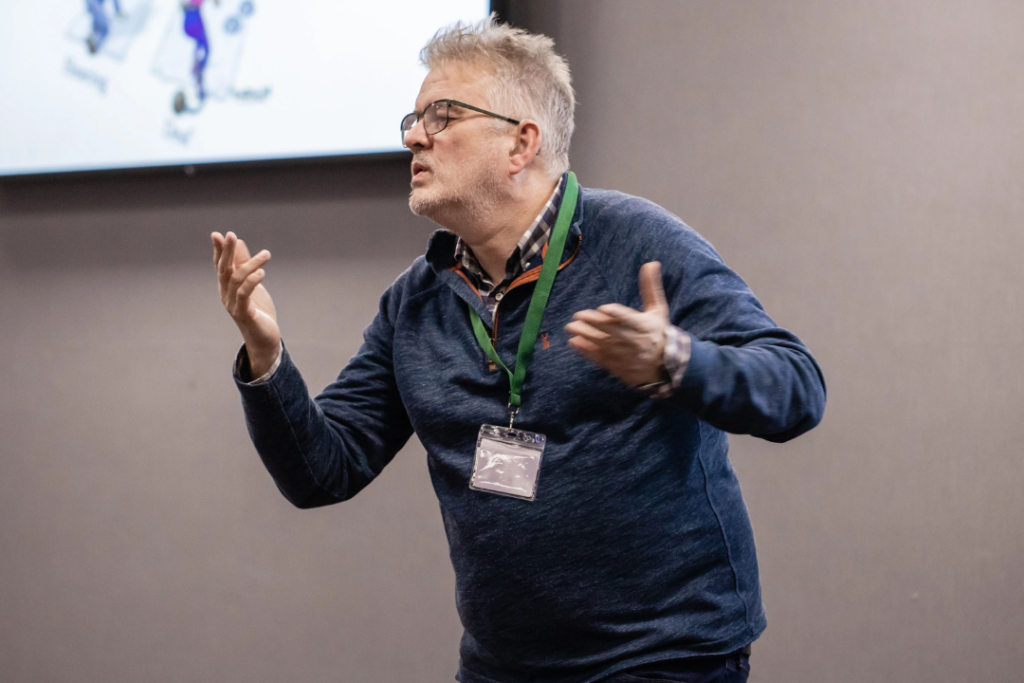
British Sign Language (BSL) involves a combination of hand shapes and movements, lip patterns, facial expressions and shoulder movements. It has its own grammar and is structured in a completely different way from English.
In BSL, you start with the main subject or topic. After that, you refer to something about the topic – for example:
- English: What is your name?
- BSL: Name – what?
In Northern Ireland, Irish Sign Language (ISL) is used as well as BSL.
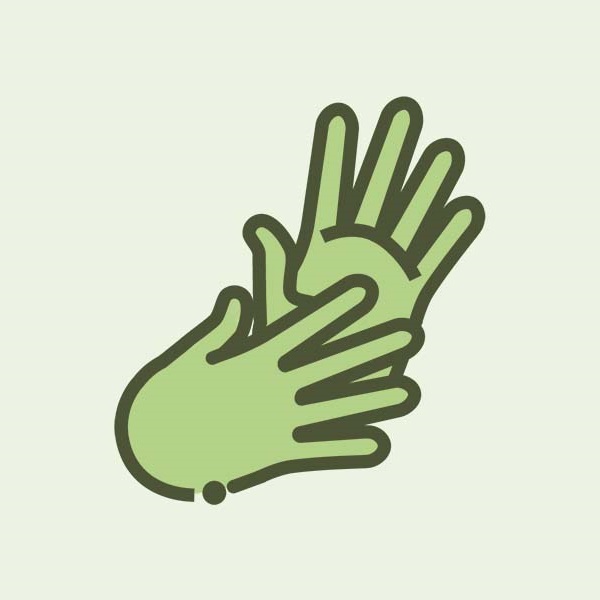
What is a ‘sign name’?
Fingerspelling
Fingerspelling is the BSL alphabet. Certain words – usually names of people and places – are spelled out on fingers. Fingerspelling alone isn’t sign language, but it can help you to communicate with someone who is deaf.
You can quickly learn the fingerspelling alphabet with our free fingerspelling card. Download your free fingerspelling card.
Learning BSL
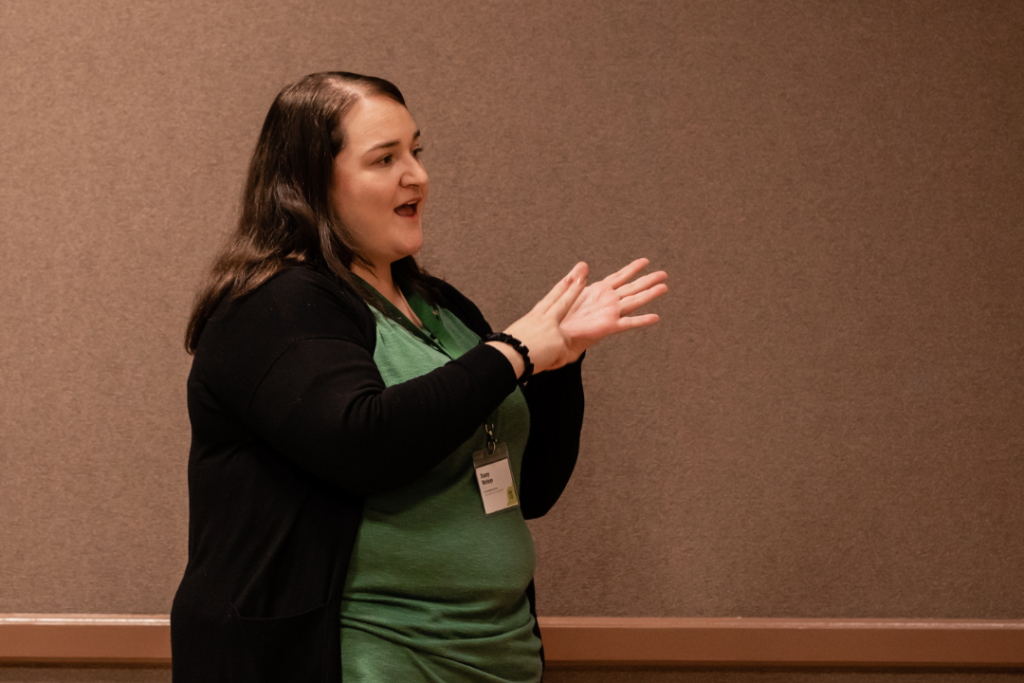
The best way to learn BSL is to take a course taught by a qualified BSL tutor who is fluent in the language. Most BSL tutors are deaf and hold a relevant teaching qualification. As BSL is a 3D language, it’s very difficult to learn from a book, website or video alone, though these can be useful resources if you want to practise at home.
BSL courses are held in colleges, universities, schools, deaf clubs and community centres. Some BSL courses offer a very basic introduction to BSL, but most offer qualifications.
Courses that offer qualifications are usually part-time or evening classes that run from September to June. But you might be able to find an intensive course with daytime or weekend classes. You can find out more about courses offering BSL qualifications in your area by visiting the websites of an awarding body such as Signature.
RNID and Signature also offer remote training for businesses.
Baking and BSL
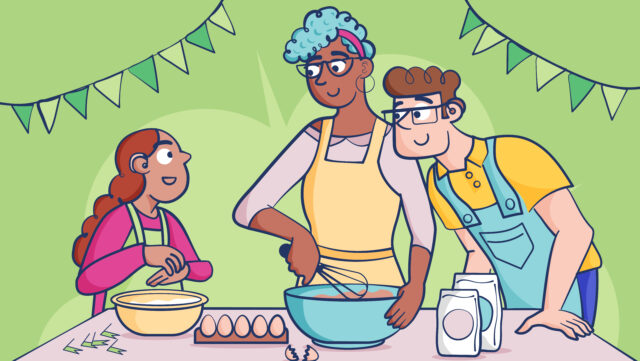
Learn baking terms in BSL
BSL interpreters
BSL interpreters enable communication between deaf sign language users and hearing people. If you need to book an interpreter, check they are registered with either the National Registers of Communication Professionals working with deaf and Deafblind People (NRCPD) or the Scottish Register of Language Professionals with the Deaf Community.
Learn more about BSL interpreters
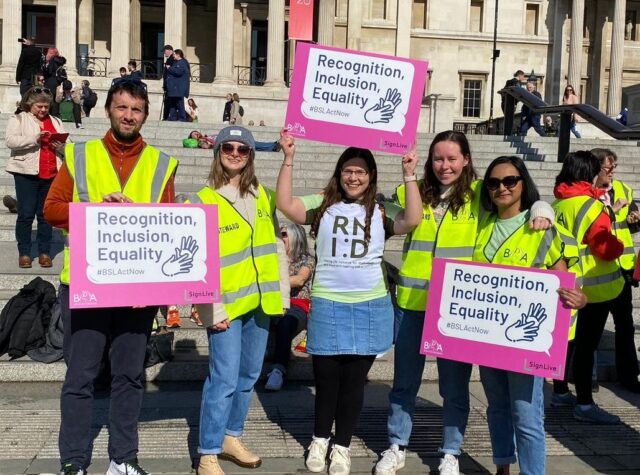
Help us fight
Contact us
If you are deaf, have hearing loss or tinnitus and need free confidential and impartial information and support, contact RNID.
We’re open 8:30am to 5pm, Monday to Friday.